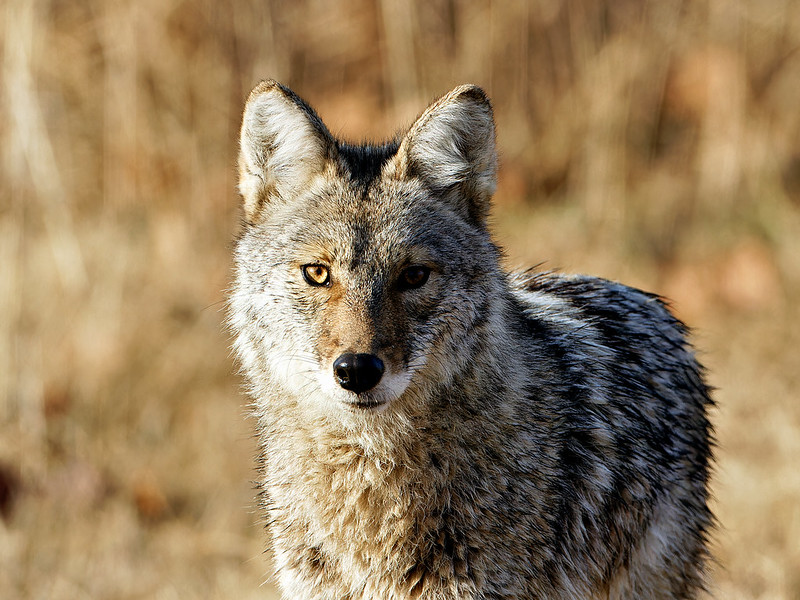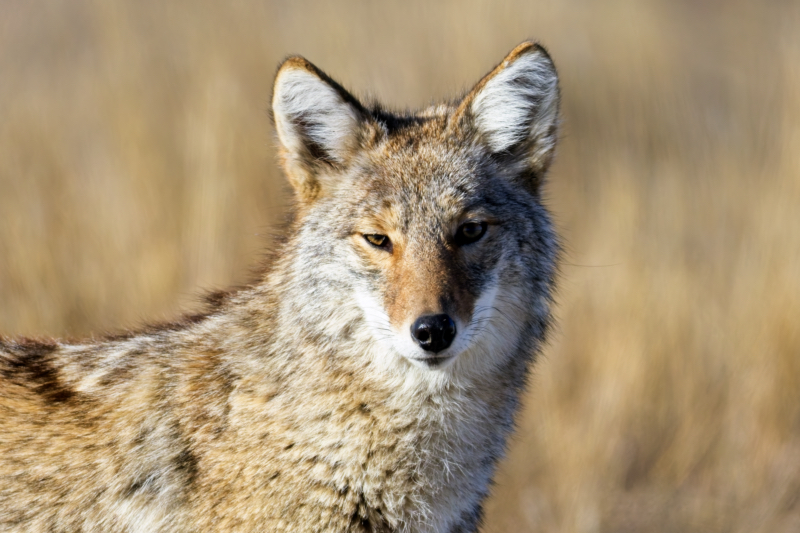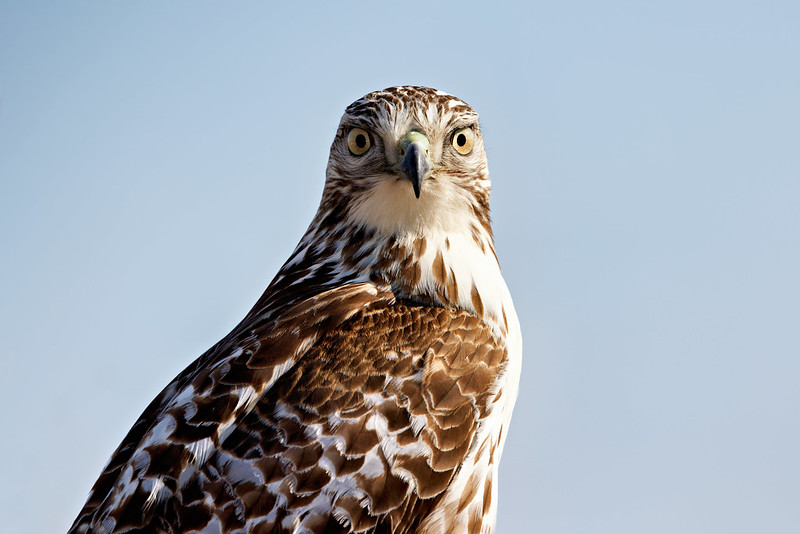Lighting is one of the most crucial elements in wildlife photography, and side lighting, in particular, has the power to transform ordinary shots into stunning, high-impact portraits. By illuminating your subject from the side, you introduce depth, texture, and mood, making your images more compelling and visually striking. In this guide, we’ll explore techniques for mastering side lighting to elevate your wildlife photography.

Understanding Side Lighting in Wildlife Photography
Side lighting occurs when the light source, typically the sun, strikes the subject from one side rather than from the front or back. This lighting direction creates a striking balance of shadows and highlights, adding dimension and depth to your subject while enhancing details in fur, feathers, or facial features.
Best Times for Side Lighting in Nature Photography
To achieve the best results with side lighting, consider the following:
- Golden Hour (Early Morning & Late Afternoon): The soft, warm light during these times enhances textures while avoiding harsh contrasts.
- Low-Angle Sunlight: When the sun is lower in the sky, it casts long shadows that add drama and depth to your subject, enriching the overall composition.

How to Position Yourself for the Best Side Lighting Effect
Proper positioning is key to making the most of side lighting. Here’s how to optimize your setup:
- Align the Light Source: Position the sun to the left or right of your subject to create striking contrast between illuminated and shadowed areas.
- Adjust Your Shooting Angle: Slight adjustments can control the intensity of shadows on the face, ensuring a balanced yet dramatic effect.
- Use a Low Perspective: Shooting from a lower angle emphasizes textures, enhances depth, and creates a more intimate connection with the subject.
Using Shadows and Light Contrast for Dramatic Wildlife Portraits
Shadows play a significant role in shaping the mood of your image. Consider these techniques:
- Deep Shadows for Drama: Shadows add mystery and intensity, making the subject appear more powerful and engaging.
- Partial Face Illumination: Allowing only part of the face to be lit naturally draws attention to the eyes, creating an emotional connection with the viewer.
- Texture Enhancement: Side lighting accentuates fine details in fur, feathers, or skin, adding richness to the portrait.

Best Camera Settings for Capturing Side-Lit Wildlife Images
To capture the best exposure and detail, fine-tune your camera settings:
- Use Spot Metering: This ensures correct exposure on the subject’s face, preventing underexposure in shadowed areas.
- Adjust Exposure Compensation: Dialing down the exposure (-1 to -2 stops) helps retain highlight details and prevent overexposure.
- Shoot in RAW: RAW format allows for greater flexibility in post-processing, helping recover details in both highlights and shadows.
Post-Processing Tips to Improve Side-Lit Wildlife Photography
Post-processing can further refine the impact of side lighting. Here’s how:
- Increase Contrast and Clarity: This emphasizes textures and enhances the balance between highlights and shadows.
- Adjust Shadows and Highlights Selectively: Fine-tune the balance to retain detail while preserving the dramatic effect.
- Experiment with Black and White: Converting to monochrome can create a timeless, artistic composition that highlights light and shadow interplay.
Side-Lighting FAQ
What is the best time of day for side-lighting wildlife portraits?
Early morning or late afternoon is best because the low sun gives warm, soft light that adds depth without harsh shadows.
How do I expose correctly when one side of the animal is bright and the other is dark?
Use spot metering on the bright side of the face, then check your histogram and add about +0.3 EV if the shadows look too deep.
Should I add fill flash with strong side light?
Only use a small fill flash when the shadow side loses all detail; set flash power two stops lower than ambient so the light stays natural.
Does side lighting work in overcast conditions?
Yes. On bright overcast days the clouds act like a giant diffuser. Position yourself so the brightest part of the sky hits the subject from the side for a soft, sculpted look.
Final Thoughts
Side lighting is an invaluable technique for capturing striking wildlife portraits. By mastering light direction, exposure adjustments, and composition, you can create powerful, dramatic images that leave a lasting impression.
Next topic: How to Capture Animal Interactions in Wildlife Photography
